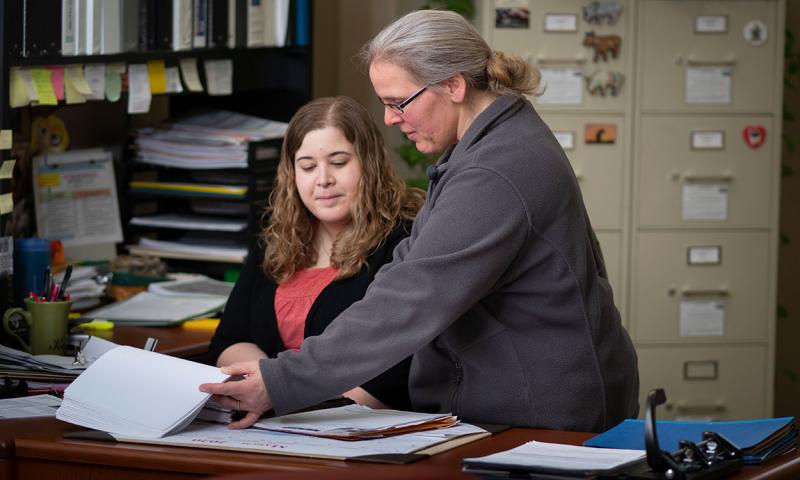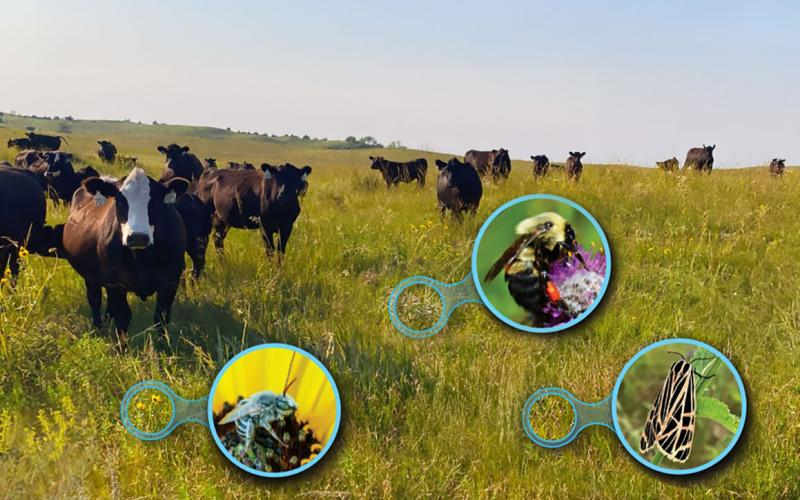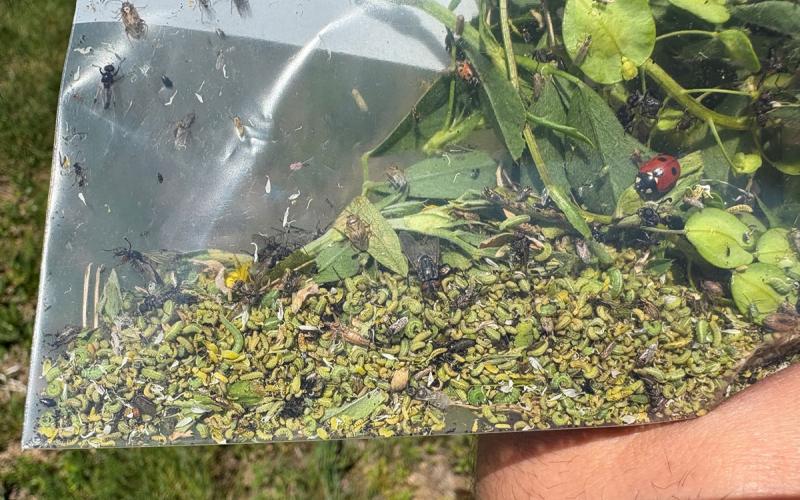
As drought conditions worsen, livestock producers will find feed assistance from the Livestock Forage Program (LFP) administered by the U.S. Department of Agriculture Farm Service Agency (USDA FSA).
“One of the improvements to the current farm bill was the addition of funded disaster programs,” Heather Gessner, South Dakota State University (SDSU) Extension Livestock Business Management Field Specialist says. “These programs provide funds to producers much faster and in a better manner than the ad hoc programs of the past. The LFP is one of those programs.”
To qualify for LFP, eligible livestock owners who are forage crop producers must submit a completed Form CCC-853 and required documentation within 30 calendar days after the end of the calendar year in which the grazing loss occurred. The application requires the certification of grazing acres and the affected livestock. Additional documentation includes, but is not limited to: Form FSA-578, report of acreage, pastureland/rangeland leases, Form CCC-855 if applicable, contract grower agreements and any additional information as requested by the county committee to determine program eligibility.
Certifying Acres
Like certifying crop production acres, livestock producers will need to certify they have access to and manage the grazing acres affected by the qualifying event. Owned acres are easy to verify, as the owner has the title to the land.
Leased acres require proof of the lease. Those producers with a written lease must provide the lease to verify grazing intentions and management control of the acres. However, verbal or handshake leases are problematic to the certification process. For producers without a written lease, a Form CCC-855, Annual Lease Agreement Certification, must be completed in leu of a written lease. The Form CCC-855 must be signed both both the lessee and the lessor.
Creating a written lease can be daunting for both parties. Aglease101.org helps remove the unknowns of a written lease. Extension staff from across the nation created and vetted the documents and example leases on the site. The forms are printable with fillable blanks that allow customization and individualization.
Certifying Livestock
Many types and classes of livestock qualify for LFP. A complete list of included and excluded livestock classes covered by LFP are listed in the LFP Fact Sheet.
To certify livestock, the producer needs to report the number, kind, type and weight range of livestock they own that would be grazing the acres being certified.
Production records (including calving records that list cows and calves born this spring), sale barn purchase receipts for steers or heifers going to grass, balance sheets with herd or flock numbers listed, and other production or financial records are generally accepted sources of verification.
If these records are not available, inventory counts completed by an independent third party may be accepted by the FSA. To determine if your verification is acceptable, talk to your local FSA office staff.
“This program is here to help producers that have lost forage production via grazing pastures. Producers located in counties eligible for LFP should contact their local FSA office at their earliest convenience; however, no later than 30 calendar days after the end of the year in which the grazing loss occured,” Logan Kopfmann, South Dakota FSA Disaster Program Manager says.


